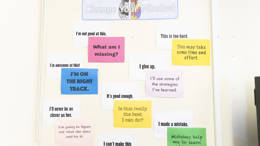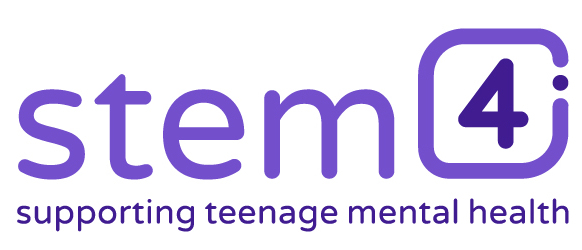Low mood or depression
Feeling sad is a normal reaction; everyone feels low or down at times and children and young people (just like adults) can be upset by many different things that might occur.

But if the feeling is more than just sad or it persists for a longer time, then everyday sadness or low mood may move into something more serious such as depression. Children and young people may see themselves and the future in a negative way, feel hopeless, or no longer feel or seem themselves.


 Author
Author

 Author
Author

 Author
Author